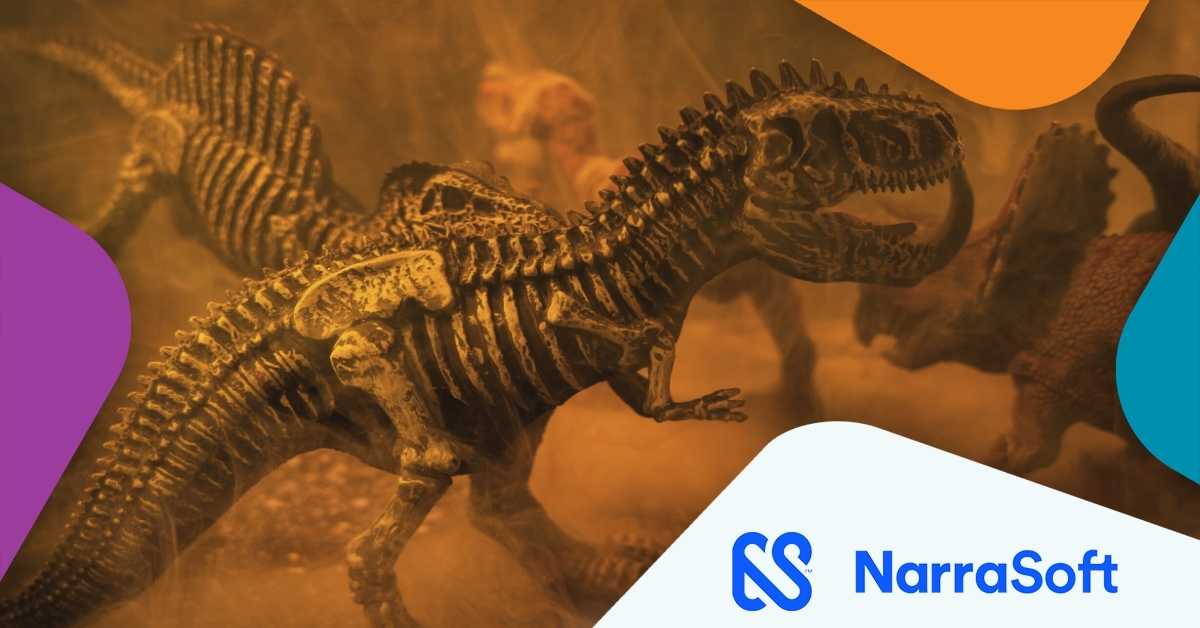
Augmented Reality Restores Ice Age Animals to Life as Digital Art
The ice age has long gone, and so have the species belonging to that period — but thanks to augmented reality art and technology, you can get to know these animals up close and personal today.
A collaboration between the University of Southern California (USC), the Natural History Museum (NHM) of Los Angeles County, and the La Brea Tar Pits, this AR project features prehistoric species found at the site of the La Brea Tar Pits.
With the help of a development firm, the three teams constructed 13 renderings of ice age animals, aptly termed paleoart in the study, and deployed them as augmented reality art on several social media platforms like Snapchat and Instagram.
However, the team didn’t put this project together just so we could see gigantic creatures roam in our homes. One of their key goals is to debunk misconceptions surrounding these animals and to communicate accuracy through AR paleoart.

Scientifically Accurate Augmented Reality Art: How 13 Different Ice Age Animals Were Designed
Ice age animals, as represented in popular media, may not have been entirely based on facts.
A paleontologist even commented on the fourth installment of the Ice Age franchise, saying some of the animals in the film didn’t exist during the same period, The Guardian reports. But it’s unsurprising — and even expected — for artists to take creative liberties with how they represent prehistoric animals physically. It’s because they don’t have a lot of data to work with yet.
So through paleoart, the researchers of the La Brea Tar Pits project wanted a more realistic portrayal of paleontology’s findings.
In their article La Brea Tar Pits Paleoart, they explained the power paleoart holds in communicating scientific concepts. They argue paleoart can be a mode of teaching, something that requires careful review. So, they designed low-poly models of 13 animals from the ice age.
How Low-Poly Models Encourage Accuracy
Our blog post on 3D modeling techniques for games describes low-poly models as 3D models with large polygons. Because of their low polygon count, the models look rather low-res and even cartoonish.
If that’s the case, then doesn’t that make the AR paleoart less realistic?
There are two primary reasons why the researchers believed low-poly models properly represent the animals. For one, the features they incorporated into the models are the only features paleontologists are sure of today. Without adding extraneous details to them, the study gives the public a more authentic representation of the animals.
And secondly, low-poly models allow other researchers to integrate future findings into the models easily. This approach acknowledges the ever-expanding body of information paleontology has yet to uncover.
But aside from these, making low-poly AR models of the animals enabled the study to reach a wider audience. Because low-poly models are more manageable for devices to process, any smartphone can access them with zero problems.
Augmented reality technology is one of the most accessible ways to view digital art. And it applies to these ice age species, too. And with the help of smartphones, possibilities abound for where and how users can access them.
Learn how to access the AR paleoart in NHM’s article Mammoths, Meet the Metaverse.


The Different Ways Digital Ice Age Animals Can Be Used as Augmented Reality Art
Aside from social media filters, the teams behind the AR paleoart project emphasized how easily they can be used on other avenues and learning platforms.
William Swartout, a co-author of the study and the chief technology officer at the USC Institute for Creative Technologies, says there are a number of experiences and platforms where their art can be used. It’s not exclusive to their project. “It can be used on the web, in AR, in Snapchat filters, in videos and potentially in games,” he said in a press release on USC’s collaboration with the LA National History Museum. “There is a high engagement value in being able to bring the same art to people in many forms.”
So, where else can we see these augmented reality ice age animals?
Educational AR: The Future of eLearning?
It’s clear that this technology’s applications go far beyond AR marketing.
Apart from the uses augmented reality has in business, AR makes a significant impact in the fields of art and education. It brings us closer to things we can no longer see for ourselves or concepts we don’t have access to. Plus, augmented reality art is widely shareable, making it a great tool for spreading awareness and preventing misinformation.
In Summary
The University of Southern California (USC), the Natural History Museum (NHM) of Los Angeles County, and the La Brea Tar Pits collaborated to design 13 scientifically accurate paleoart of animals from the ice age.
Their goal is to spread awareness and reduce misconceptions about the prehistoric animals’ features, as popular media often misrepresents them.
For visually stunning and scalable augmented reality art development, partner with some of the best talent in the industry.
Don’t hesitate to contact us for a free consultation or for any inquiries you have using our chat box below or contact form. You can also send us an email at sales@narrasoft.com.
The post Augmented Reality Restores Ice Age Animals to Life as Digital Art appeared first on NarraSoft.
This content was originally published here.


